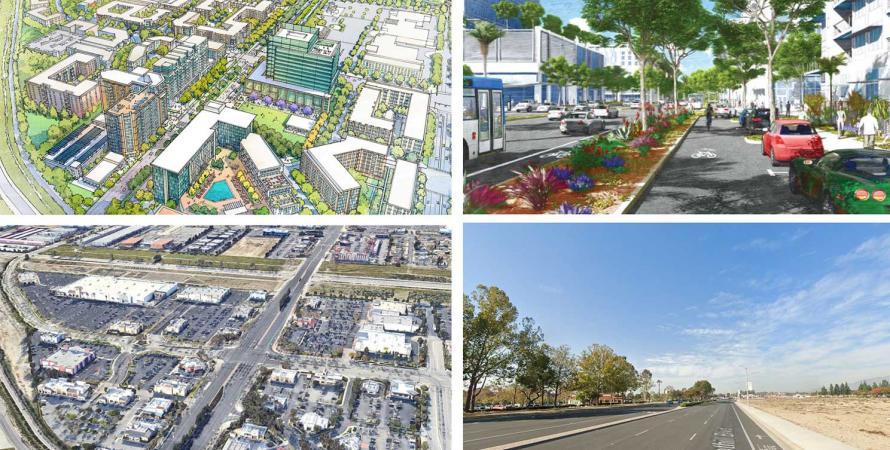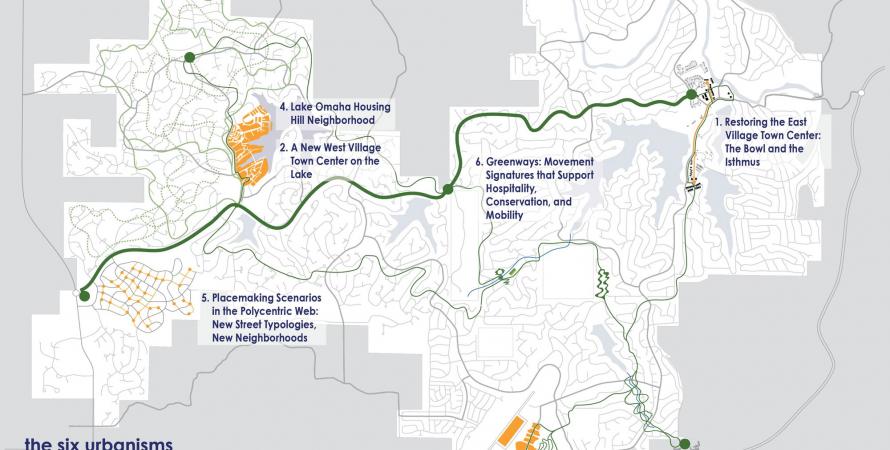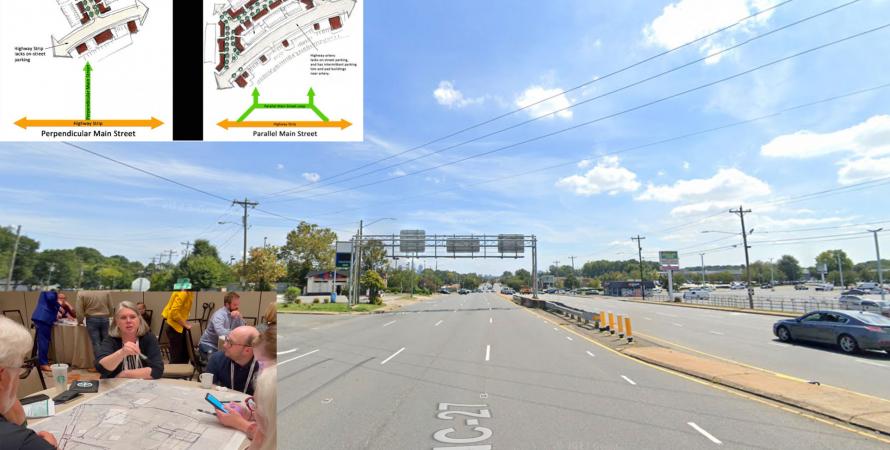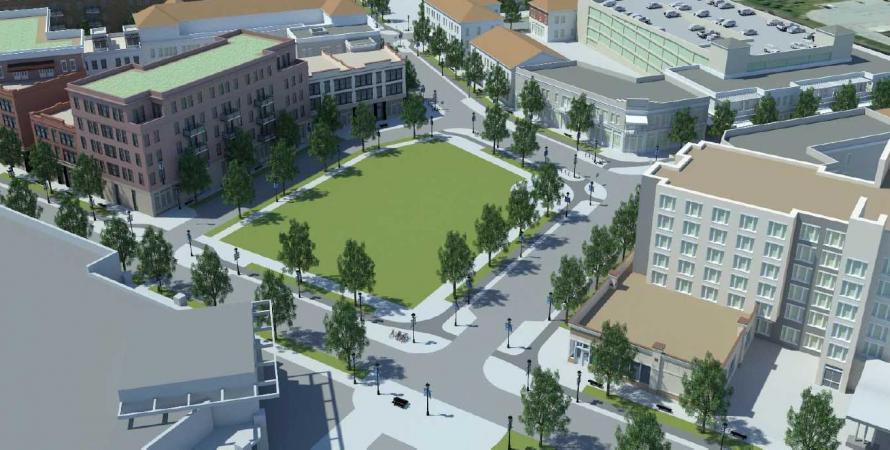-

Model for suburban retrofit in the Inland Empire
Rancho Cucamonga is implementing urbanism on arterial roads and suburban commercial areas. This plan is intended to lead the way to density and mixed-use in a suburban city in Southern California.Some experts predict the major development trend in the next 20 years will be “urbanizing the suburbs,” bringing density and mixed-use to underutilized commercial areas. If so, the Inland Empire of Southern California, with 4.6 million people, could be a test case. Rancho Cucamonga, an important...Read more -

A vision for repairing rural sprawl
Planning an acupunctural approach to repairing a sprawling plan from the 1950s, using urbanism principles.Cherokee Village is an odd and interesting community in the Ozarks of north Arkansas. In the 1950s, it was planned as a vast retirement community, platted for a population of 60,000. The road network, golf courses, and reservoirs for waterfront home sites were built, although most of the...Read more -

A pattern language applied to a suburban strip
A report on a workshop in Charlotte shows how Christopher Alexander’s pattern language can be expanded to improve communities.A Pattern Language by Christopher Alexander is one of the best-selling architectural books of all time, inspiring many urbanists with ideas related to community design. Yet its land-use influence is limited by the difficulty of translating the ideas into comprehensive plans and zoning codes. Also,...Read more -

Urban renewal could turn a dead mall into a downtown
State infrastructure funding and an urban renewal designation are overcoming the challenges of a failed mall transformation in Western New York.Converting a growing number of dead malls to mixed-use centers is challenging, especially in slow-moving real estate markets like the Buffalo region. Yet the Boulevard Mall in Amherst, New York, is poised to begin the transformation, due to funding and policy decisions at the local and state level...Read more